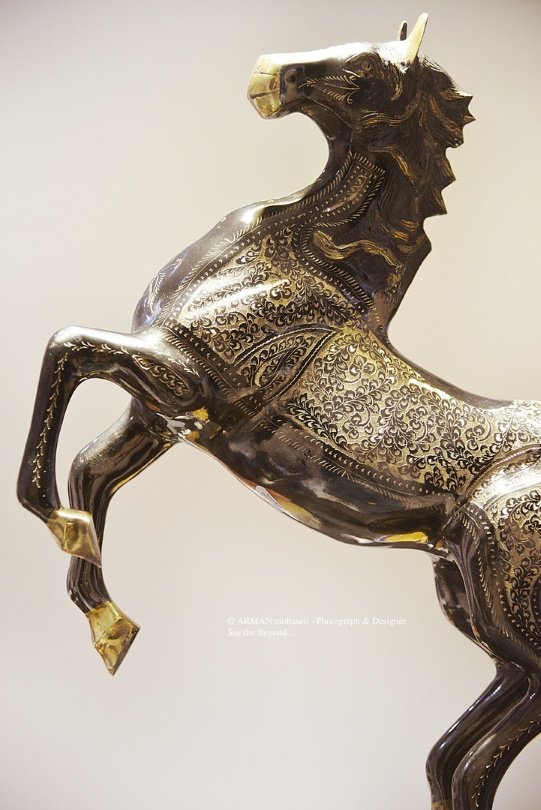How to Pack Collectibles When Moving
If you’re planning a move soon, you’ve probably anticipated that there’ll be some challenges in getting it done. But if you have collectibles that are fragile, the challenge in getting them transported safely can be that much more daunting. But if packed correctly, your items can make it there without harm. To do that you’ll want to follow these tips:
Get Good Boxes
While you may think that one cardboard box is the same as another, unfortunately that’s not the case. Good boxes are actually made with corrugated cardboard, rather than regular cardboard, which is just thick card stock known as paperboard. The latter is rarely used in heavy-duty shipping. You’ll want to get corrugated cardboard boxes that have a larger “flute” size, with the term flute meaning the s-curved carton board that is sandwiched between two outer pieces of carton board. A larger flute size makes for a stronger box.
 Secondly, you’ll want to use new corrugated boxes. Why? Because boxes that have been used tend to lose their structural integrity, which means they aren’t nearly as strong as when new. Plus, used boxes can have remnants of packing material dust that can infiltrate your collectible. Not good.
Secondly, you’ll want to use new corrugated boxes. Why? Because boxes that have been used tend to lose their structural integrity, which means they aren’t nearly as strong as when new. Plus, used boxes can have remnants of packing material dust that can infiltrate your collectible. Not good.
All Tapes aren’t Equal
Once you’ve got some new, strong boxes, invest in good quality packing tape. First, you’ll want to know that there is a difference between shipping tape and storage (moving) tape. Shipping tape uses a hot melt adhesive that has strong holding capability whereas shipping tape is made with an acrylic adhesive that is designed to be UV-resistant and can withstand a range of temperatures, making it good for long-term storage. If you are just moving your collectibles from point a to point b and you plan on taking your things out of the boxes after your move, then use shipping tape. You’ll want to get shipping tape labeled “Heavy Duty” since this tape is typically 20 times stronger than storage tape.
Wrap your Collectible
 Depending on the collectible you’re trying to protect, this could very well be the most important factor in keeping your collectible in pristine condition. Unlike many of the items you will move, your collectibles will need to be wrapped in materials designed to better cushion items through bounces and jolts. These include materials such as bubble wrap, foam peanuts or air pillows. Collectibles such as ceramic figurines, pottery, vintage dolls and toys, or glass items should be protected using these materials. If you have collectibles with cavities such as vases, you’ll need to fill these cavities with packing material such as foam peanuts. If you have collectibles such as comic books, you may want to consider packing them in mylar bags. These strong plastic sheets will help protect your comics from moisture. To give the bag rigidity, place a backing board underneath your comic when placing it in your mylar bag. BCW makes a good, acid-free backing board.
Depending on the collectible you’re trying to protect, this could very well be the most important factor in keeping your collectible in pristine condition. Unlike many of the items you will move, your collectibles will need to be wrapped in materials designed to better cushion items through bounces and jolts. These include materials such as bubble wrap, foam peanuts or air pillows. Collectibles such as ceramic figurines, pottery, vintage dolls and toys, or glass items should be protected using these materials. If you have collectibles with cavities such as vases, you’ll need to fill these cavities with packing material such as foam peanuts. If you have collectibles such as comic books, you may want to consider packing them in mylar bags. These strong plastic sheets will help protect your comics from moisture. To give the bag rigidity, place a backing board underneath your comic when placing it in your mylar bag. BCW makes a good, acid-free backing board.
No Room to Move
After you’ve wrapped your items in protective material, it’s important that you pack the boxes tightly to prevent the contents from moving around. If you need to, fill in empty space in the box with crumpled newspaper, towels, or linens. When you pick up the box you shouldn’t be able to feel any movement of items in the box.
Mark Fragile
If you’re using movers to move your belongings, be sure to mark your collectibles boxes with the word “fragile” on every side of the box to alert moving personnel to treat these items carefully. But if your collection has a sizeable monetary or sentimental value, you may want to transport these boxes yourself rather than run the risk of something happening to them when in the hands of the moving company.
Summary – Steps for How to Pack Collectibles When Moving
- Buy new corrugated boxes. Look for larger flute size. Do not use old boxes.
- Use strong, heavy-duty shipping tape made with acrylic adhesive.
- Wrap your collectible using appropriate materials.
- Make sure your box is tightly packed to prevent contents from shifting and breaking.
- Mark your box has fragile to let your movers know to take extra care with these boxes.
If you plan on storing your collectibles for a period of time, read our article on How to Organize and Store Your Collection. You can also get additional moving and storage tips on our site.

About the Author: Derek Hines
Digital Marketing Specialist
Derek is originally from the great state of Wisconsin (go Badgers), but is slowly becoming a Pacific Northwesterner. As part of the Digital Marketing team, he writes extensively on storage, moving and life for West Coast Self-Storage, based in Everett, Washington.
